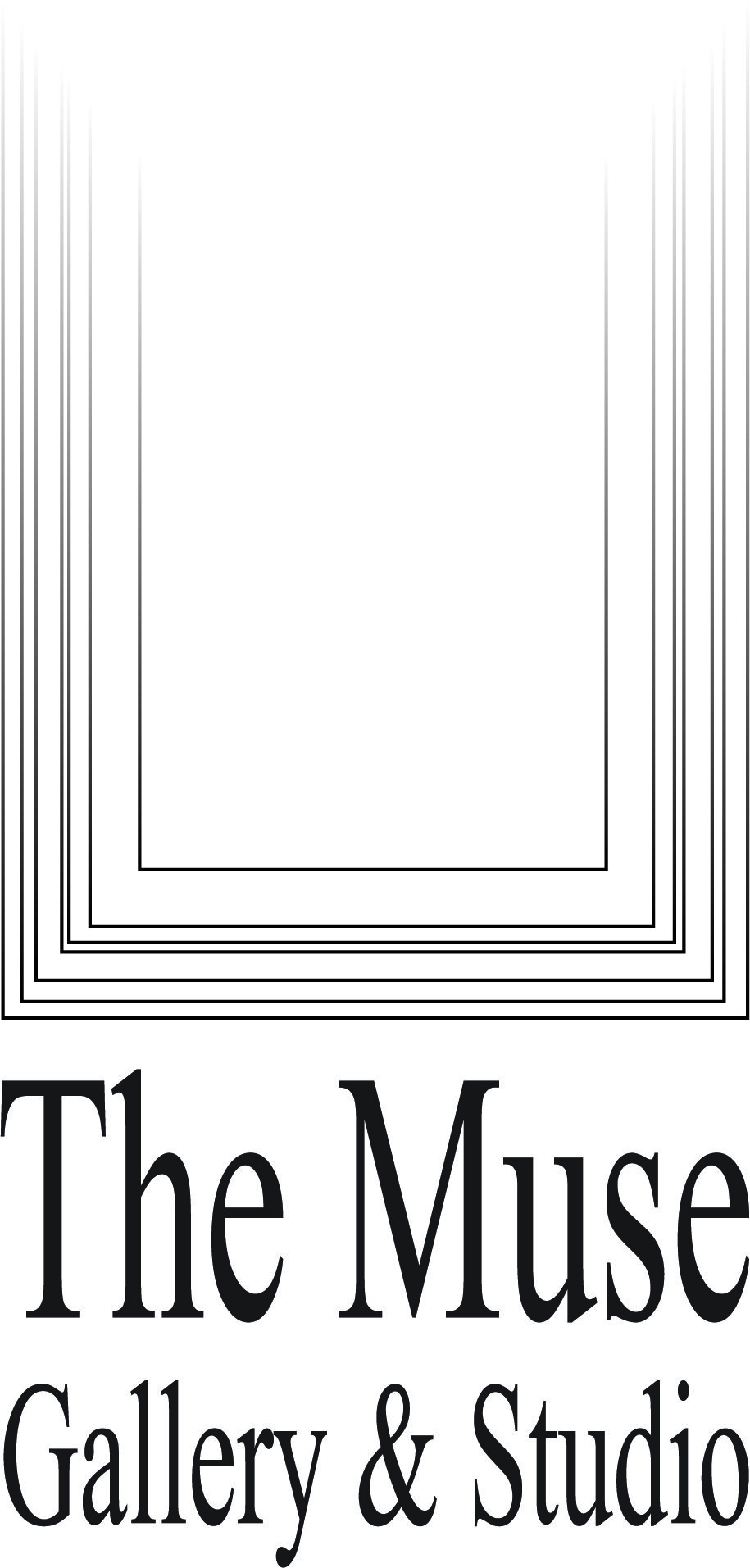PV 17 August, 6-9pm
Akua Afari | Loretta Campbell | Martine Hans-Jorie | Nikolle Hellis-McIntyre
The scars of our life help form our identity, hidden or otherwise we plan to explore
this through a plethora of unique and varied styles, medium techniques, and
processes.
There are many ways of portraying scars, some all decoration to beautify the face
and body, some scars identify, some are identity scars which belong to a tribe and of
course we all have emotional scars which we carry. These are sometimes hidden
and some scars are born from trauma, physical and mental; all of this will be
investigated within our own mediums.
@combined_efx
Akua Afari
‘And What Of Our Terribly Beautiful Open Secret?’
Akua was born in 1978 to Ghanaian immigrant parents, she lives and works in
London. Since graduating in 2D Design (2002) she has used her multidisciplinary art
foundation to concentrate on graphic design, illustration, painting and photography.
Her art works are multi-layered and sit between stories, meditations, commentary
and contemplations on the black collective experience.
The starting point for this body of work for Akua Afari’s presentation of SCARZ is the
notion that scars are indication of healing having taken place to some extent. What is
healed but still remembered, what is healed and hidden to others, what is healed and
always known, what is healed and seen and unseen, what is healed and still felt?
Loretta Campbell
‘It’s Not What It Seems’
Throughout our lives we live with our mental scars, buried deep beneath the surface
of our subconscious. A place we don’t let our minds wonder to and if we do it can
unleash so much anguish and chaos. When I look into myself, I see all the emotional
pain, at times it can feel so traumatic I run. Thrust into the havoc of my mind, visibility
is limited, how far through all the layers will my mind take me before I can get out.
How do we control our pain? Some by mental blocking, others self-inflict pain as a
form of control that the pain can’t hurt us only oneself can.
These emotional wounds often don’t cause pain straight away but can linger for
many years only surfacing by certain triggers in our lives. This phase of my work has
quite a melancholic feel, the sadness of our emotional scars that the outside world is
oblivious.
Using printed words Loretta is expressing the trauma and anguish of emotional
scars. Different recycled materials are used to create a layering effect to represent
how deep the pain goes. The dress slits represent self-harming wounds and the pain
which is hidden from all but the desire to release the pain is what we see
Martine Hans-Jorie
‘Tribe’
The work shown by Martine Hans-Jorie shows a varied body of work through the
medium of charcoal, paint, fabric, and machine stitch. The artist uses these to
explore the beauty of the marks shown in scarring, also to re-imagine the African
variety of designs for scarring.
Following her visual investigations into the Igbo tribe's practice of Ichi scarification
worn by women, Igbo men usually wear Ichi on their faces. Martine discovered that
the male tribal marks, show that they hold high social class status. Igbo men who
have Ichi décor on their face are allowed to perform various rituals and give titles to
influential group members.
After the artists painted the Gar marks which are made by the Nuer people in
southwestern Ethiopia and Sudan. (A strip of six parallel horizontal lines is drawn
across the forehead. For the women, patterns are dotted across their skins.) she
discovered she liked the scars; they were beautifully crafted and seemed to enhance
the features of the face, however this could be done with face paint or make up
nowadays.
Despite some of the negative narrative's that surround scarring and scarification, it
continues to be used in Africa and in modern western society. Tattooing is also
commonplace in Europe.
Martine suggests this is also about identity, we allow ourselves to show how
important symbols, names and images are to ourselves and have the need to
communicate this to others. "I am exploring the visual beauty of scars not just, tribal
scars but emotional and physical scars. Applying my medium through mark making,
I am imagining what emotional scars would look like and the journey from the first
wound, the healing process, and the outcome of the perceived experience."
Nikolle Hellis-McIntyre
‘Beauty within the Scarz’
Once your spirit is broken then everything falls apart. A joyful heart is good
medicine, but a crushed spirit dries up the bones. Most of us through life have
experienced scarring in one way or another. The scars that linger could be physical
or emotional or both, on our body or in our mind. Scars are like road maps of our
life, they show where we’ve been and where we are going and sometimes, we don’t
go anywhere for a long time. Just stuck. Not moving. Not healing.
But if we’re lucky enough to be able to heal, to close the wounds, there can be a
celebration of life after the scars have healed.
Nikolle’s work expresses the celebration of life after the scars have healed. Through
experimentation of media, painting, collage and digital she creates art that is
colourful and bold, of women who collectively have all been scarred in some way.
Whether through procedures, chemicals that woman put on their skin to lighten
themselves, to self-harming and abusiveness from others.
